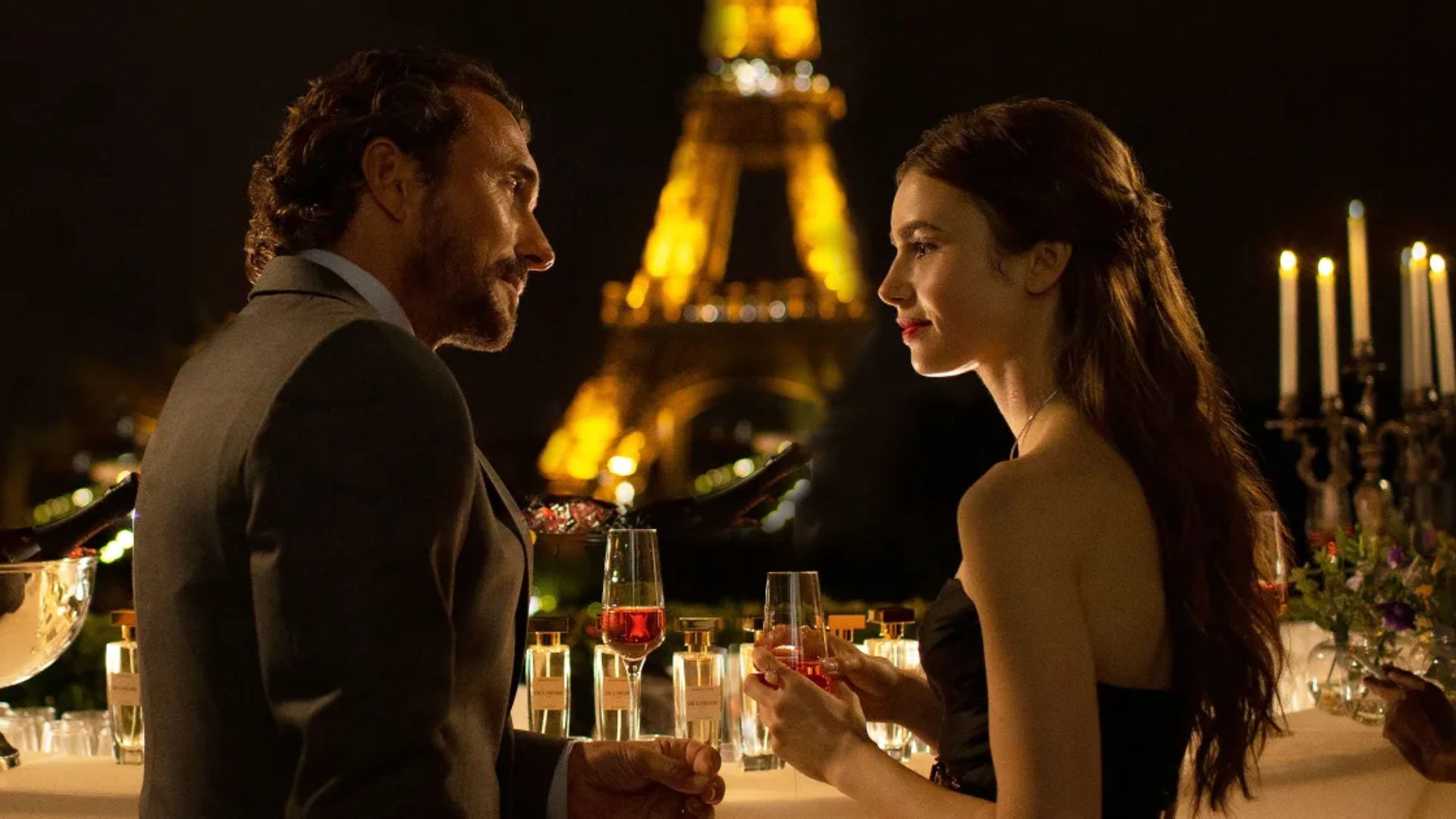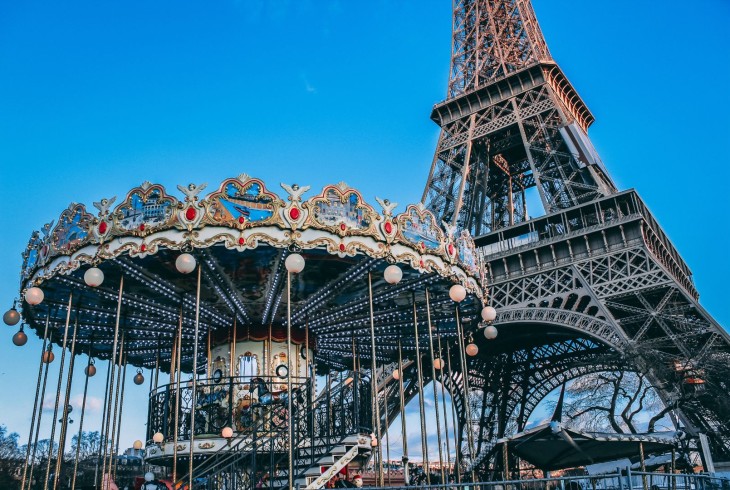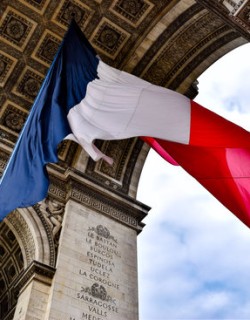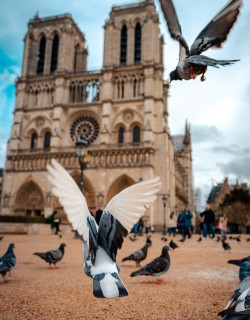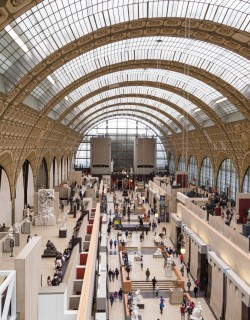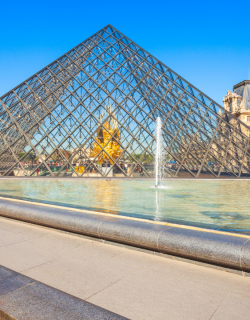One of the most iconic symbols of Paris and amongst the most recognizable structures on the planet, the Eiffel Tower still has plenty of secrets
Who can imagine the skyline of the City of Lights without Monsieur Gustave Eiffel’s graceful lady reaching up to scratch the sky? We certainly can’t. It is imbedded in our minds and is an indelible feature in our imaginings of what may be the most romantic city on Earth.
Most people who have visited the Eiffel Tower will have learned that it was quite controversial when it was inaugurated for the Universal Exposition of Paris in 1889. But now even native Parisians occasionally wax poetic at the sight of her, especially when crossing the River Seine by one of the many bridges at night, when she is all a-twinkle.
Yet there are a number of things that even the most familiar admirer is unlikely to know. Here are ten of our favorite fun facts!

10 facts about Eiffel Tower
1. Several celebrities signed a petition opposed to the tower as work was just beginning on it.
In 1887 when the design plans were released, some referred to it as “the holey giraffe”, and author Paul Verlaine rather uncharitably called it “the skeleton of a belfry”. As manufacturing for the various pieces and parts of the tower was just getting underway, writers Guy de Maupassant (Bel-ami) and Alexandre Damas, fils (The Lady of the Camelias), as well as Charles Garnier, the architect of Paris’ magnificent Opera, signed a “protest of the artists” addressed to the director of the Expo and published in Le Temps newspaper.

2. It took 2 years, 2 months and 5 days to construct.
The laying of the foundations alone took 5 months. It is made of 7300 tons of iron, assembled using 2.5 million thermally sensitive rivets. Each rivet required 4 people to place: one to warm it, one to hold it in place, one to shape the head, one to smash it with a sledgehammer. The rivets contracted as they cooled, ensuring a tight fit.
3. Not surprisingly, people of particular notoriety were present for the inauguration.
The Eiffel Tower was inaugurated on opening day of the Universal Exposition of Paris in 1889. Among the throngs of people in attendance were the Prince of Wales (the future King Edward VII) and his wife, Princess Alexandra; the magnificent French actress Sarah Bernhardt; the Shah of Persia; and, in full iconic garb, a certain William F. Cody, known to all as Buffalo Bill.
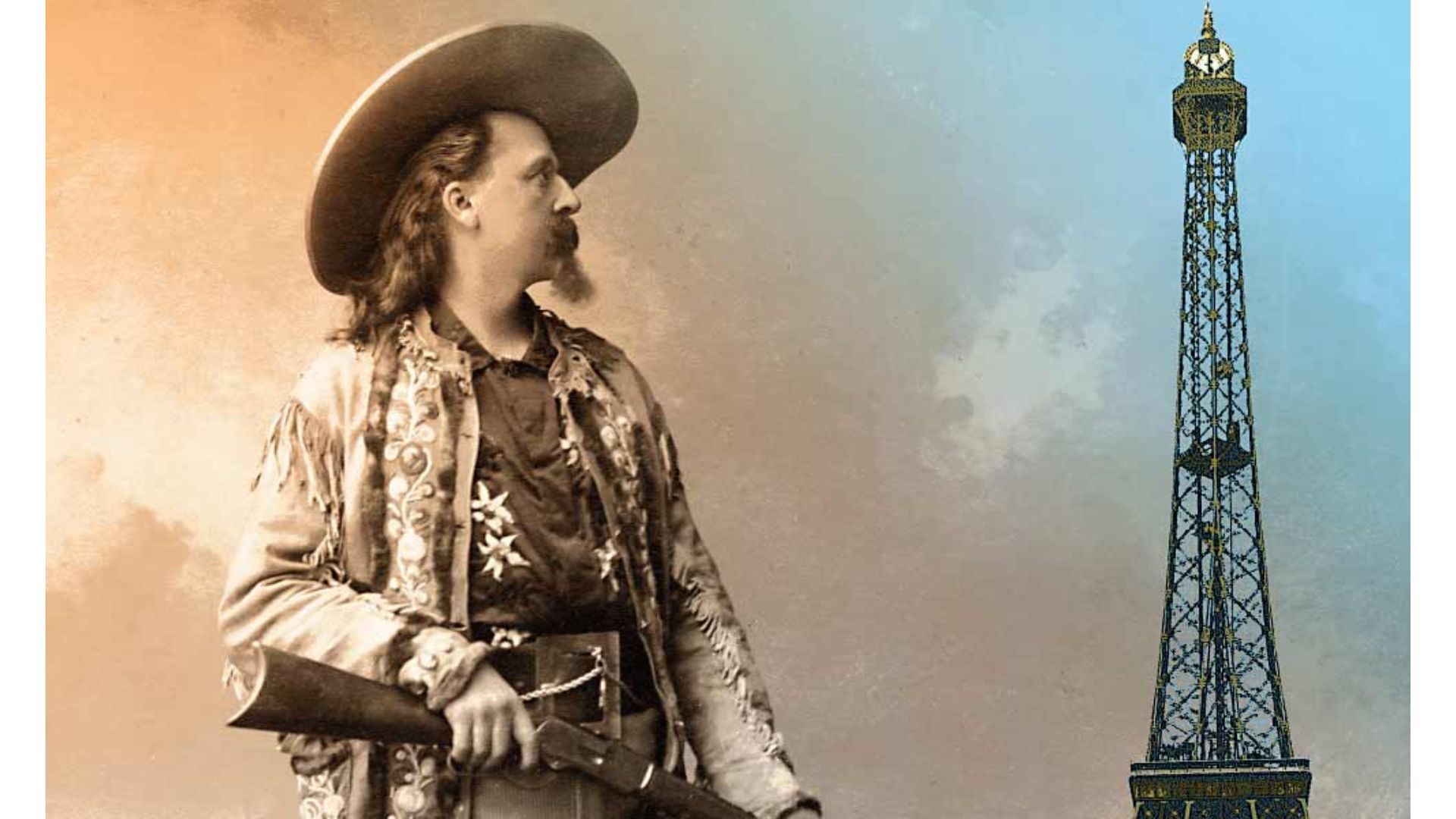
4. It was so popular with visitors to the Expo that its detractors were all but silenced.
Over the nearly 6 months of the Expo, nearly 2 million people visited the tower. The elevators weren’t in service yet, so going all the way up meant taking the stairs… all 1710 of them! But they were motivated by the knowledge that at the time, the Eiffel Tower was the largest in the world, and no one – other than those rare few from a hot-air balloon – had ever seen Paris from that perspective. Though the tower had cost a sobering 8 million francs to build, the entry ticket, souvenir shops, binocular rental, and several restaurants pulled in a whopping 5.5 million francs, the equivalent of about 25 million dollars today.

5. Speaking of taking the stairs…
In preparation for Hitler’s visit to Paris during the Second World War, the occupying Nazi troops were to hang their swastika flag from the tower’s summit. Parisians, though, had cut the cables of the elevators, forcing the Nazi soldiers assigned the task to schlep up the stairs. The first flag they hung was so enormous that the wind carried it away, so they had to make the hike all over again. The beginning of the Resistance!
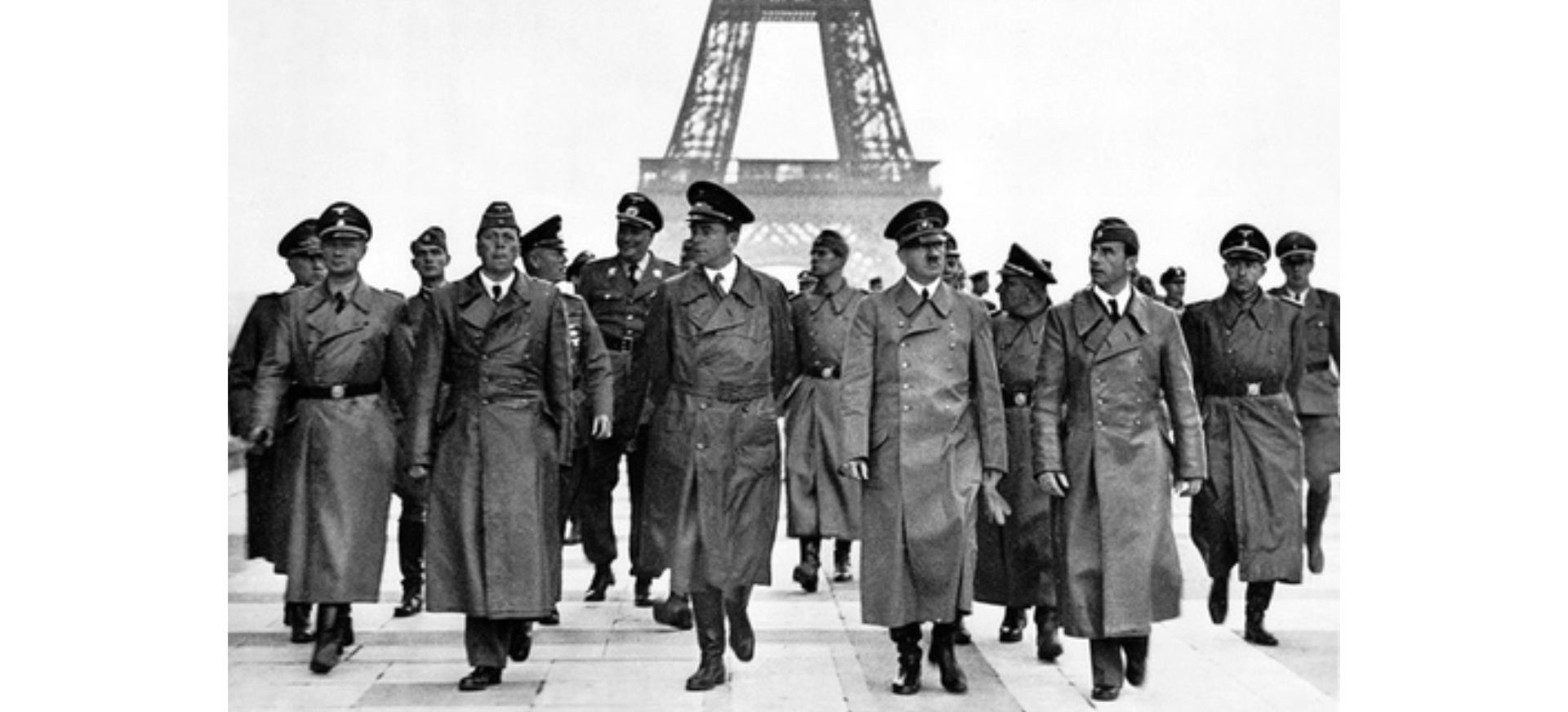
6. The Eiffel Tower was never intended to be a permanent fixture.
The plan was to break it down in 1910. What saved it? Monsieur Eiffel’s stubborn opposition and the Great War. Mr. Eiffel worked assiduously to associate his tower with a number of scientific activities, such as long-distance photography, aerodynamics experiments, and using the structure as a meteorological station. But what really clinched it was his proposal that it be an integral part of the new wireless telegraph system. During the First World War, the Eiffel Tower transmitted some 50 million words, laying down its bit of pavement on the road to Allied victory. In light of that, its lease on life was extended to 1945. By then, the Eiffel Tower’s place on the Paris skyline, and its place in the hearts of all, was firmly established.
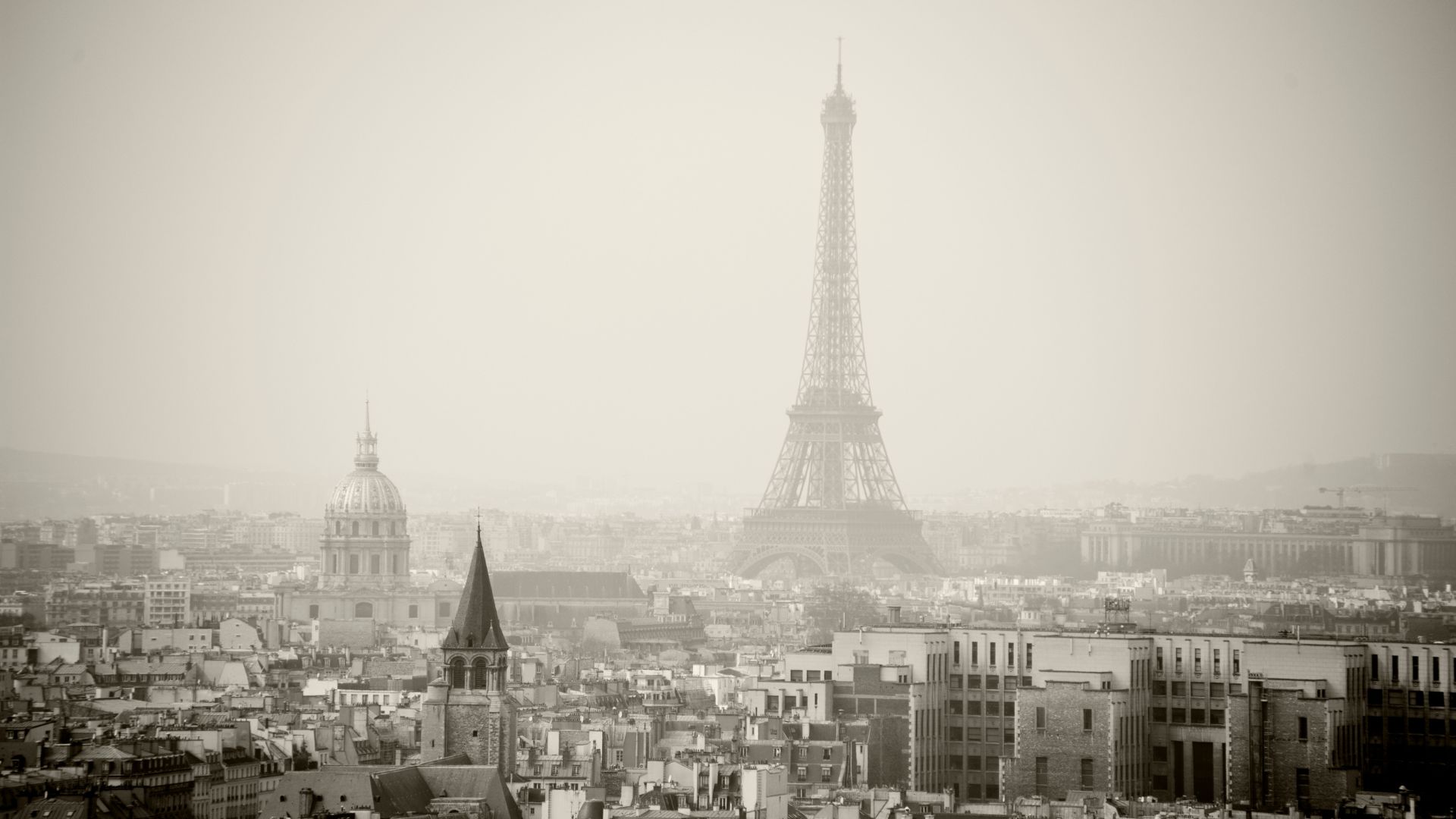
7. Monsieur Eiffel’s old apartment is still on the top floor.
This was never where the brilliant engineer lived. It was a small space which he used to entertain members of the international scientific community. In stark contrast to the hyper-modern tower itself, his snug salon was decorated and furnished in what would have been considered homey to the more genteel slices of society. Strictly off-limits for decades, today visitors who purchase a ticket for access to the highest level can sneak a peak through a window into the room – still in the same old style – to see figures representing Eiffel and one of his most admired guests, Thomas Edison, having a proper chin wag.
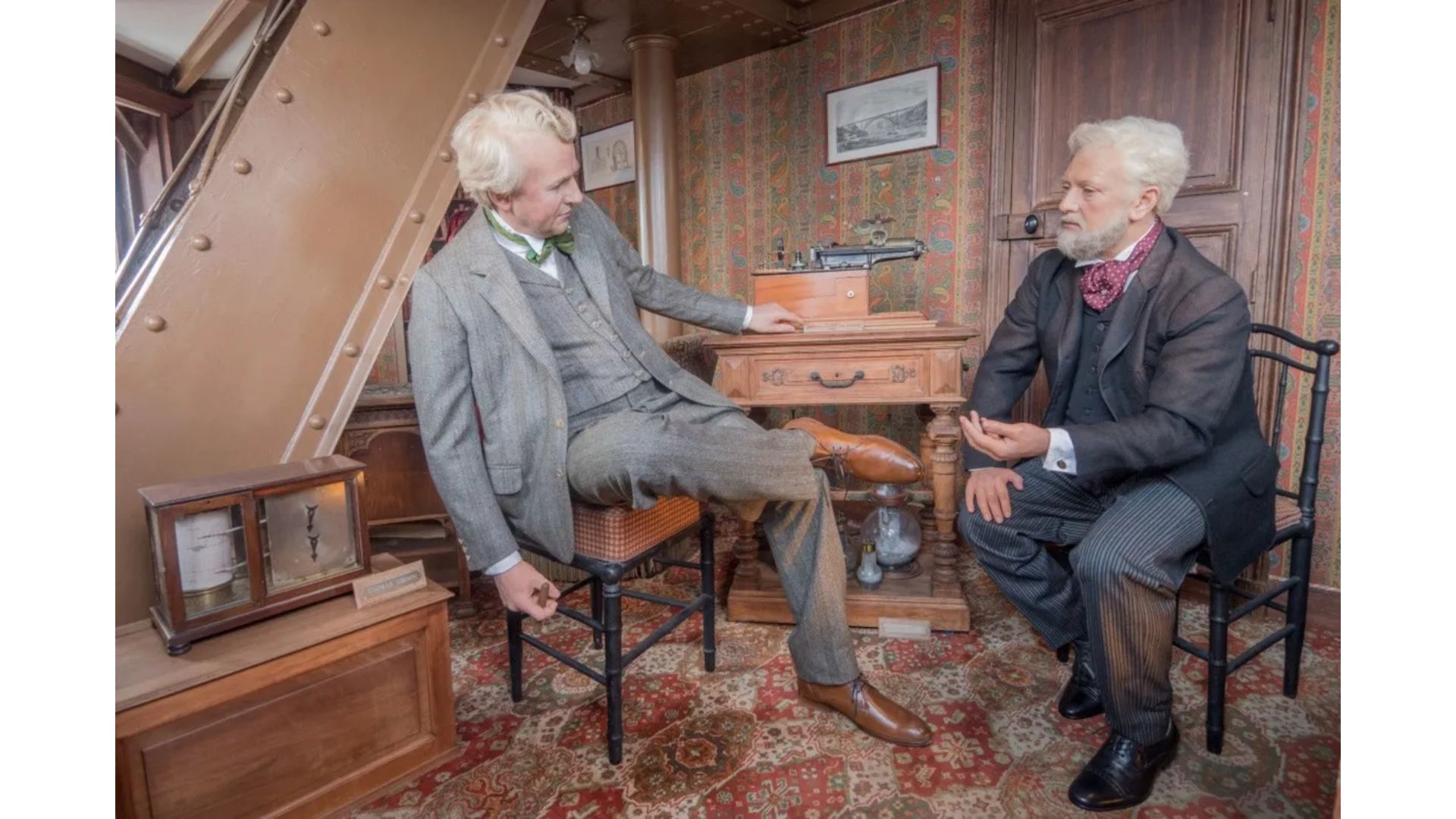
8. Just in case you still send postcards…
The Eiffel Tower has its own post office. Famously, it was France’s smallest post office, and it was long considered to be the capital’s most beautiful one. The 1889 Universal Exposition of Paris was the first time that illustrated postcards appeared in France. Visitors could purchase them on site, and there were drop boxes on every level. The contents were gathered at the end of each day and stamped with a special postmark indicating that the card had been posted from the tower itself. There is still a post office today, located on the first level.
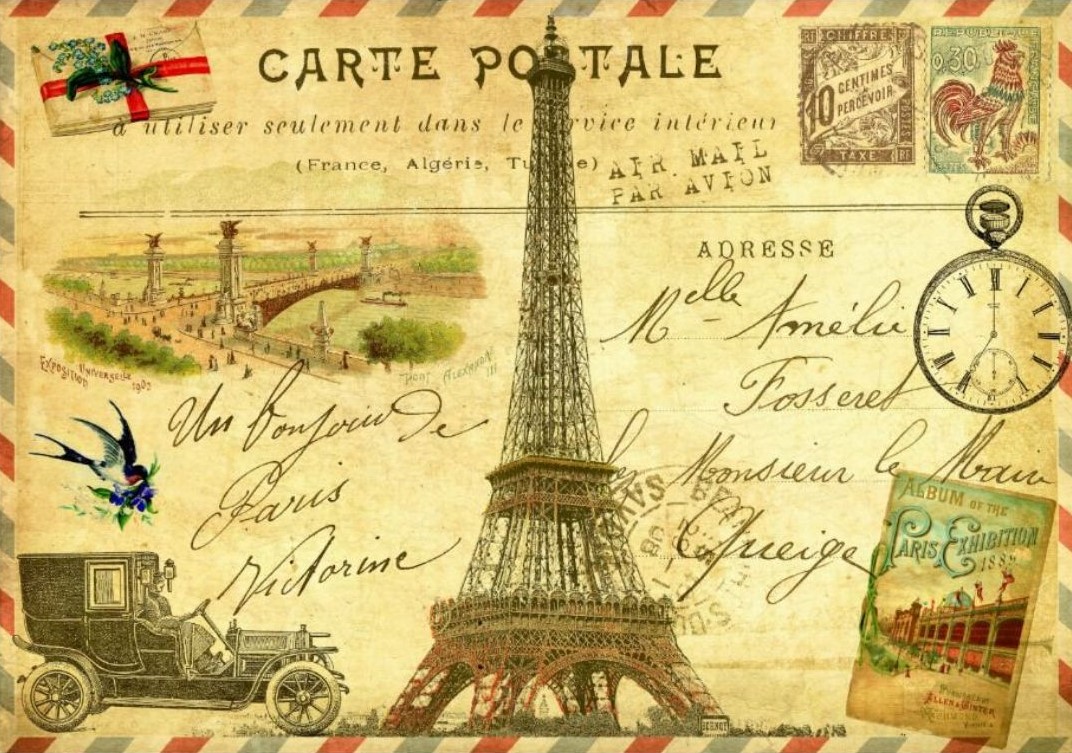
9. A picture may be worth a thousand words, but…
The lighting display – which is absolutely jaw-dropping! – is covered by intellectual property laws, so a photo of the Eiffel Tower lit up at night could cost you 300,000 euros and 3 years in the slammer! Take your photos, by all means, but be judicious about publishing them on any media that you use for profit-producing activities. Of course, we’re including photos here (‘cuz that’s just how we roll!), but we’re featuring them on our blog, which is not in itself a money-making venture. See the difference? Clear as mud? Exactly.
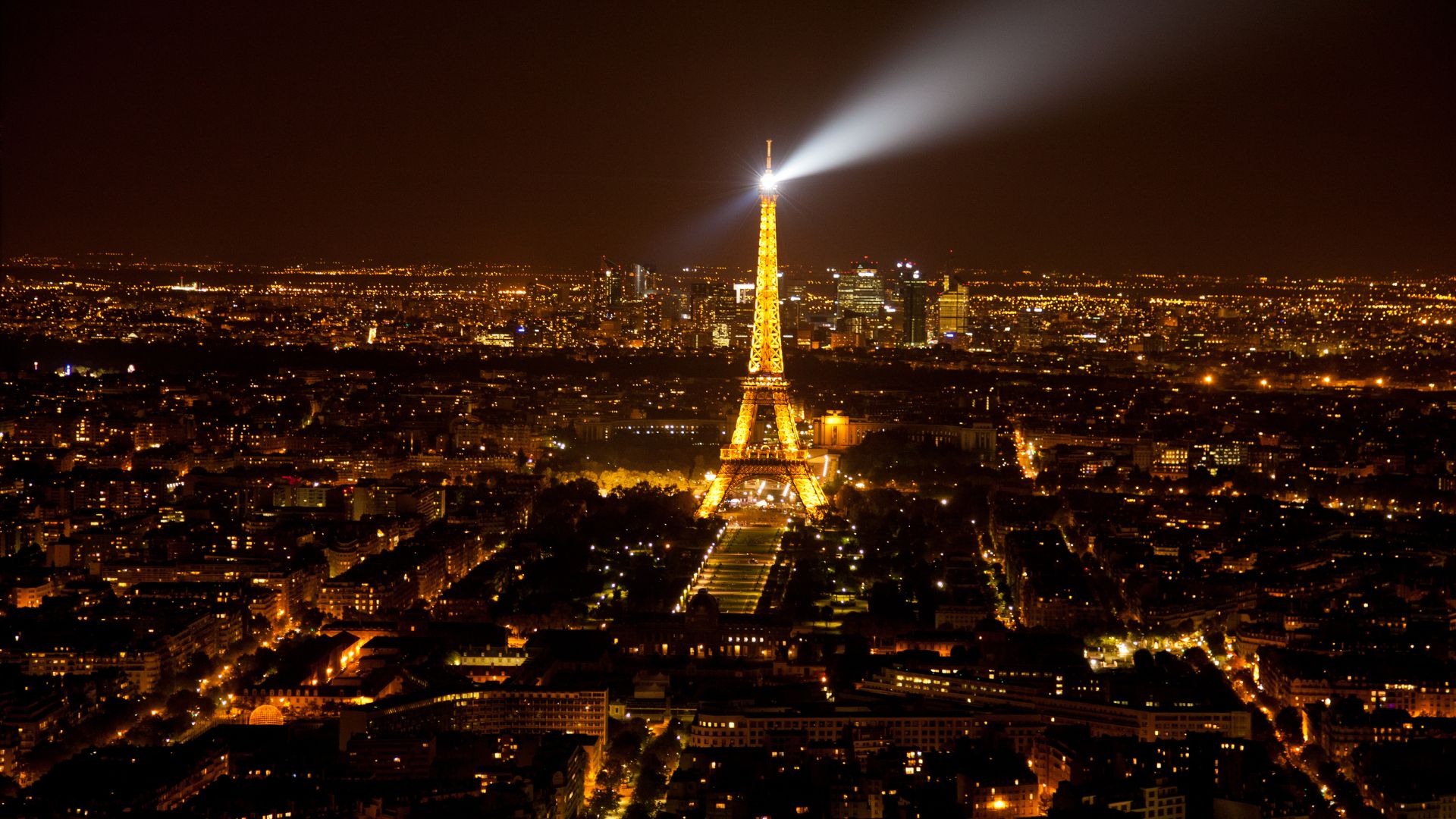
10. A storage facility for Eiffel Tower pieces and parts is now hot property on the housing market.
Beams and bolts and other assorted items were carefully created at a factory on the outskirts of the city. Everything was then transported to a purpose-built site just a few blocks from the Champ de Mars. These warehouse-like structures featured spaces that were high enough to accommodate the iron elements being brought and stored here. One of these buildings has been converted into luxury apartments, complete with enviably soaring ceilings, and its rooftop was used as the set for a stunning scene of unrivalled romanticism for the current season of Netflix’s Emily in Paris!
